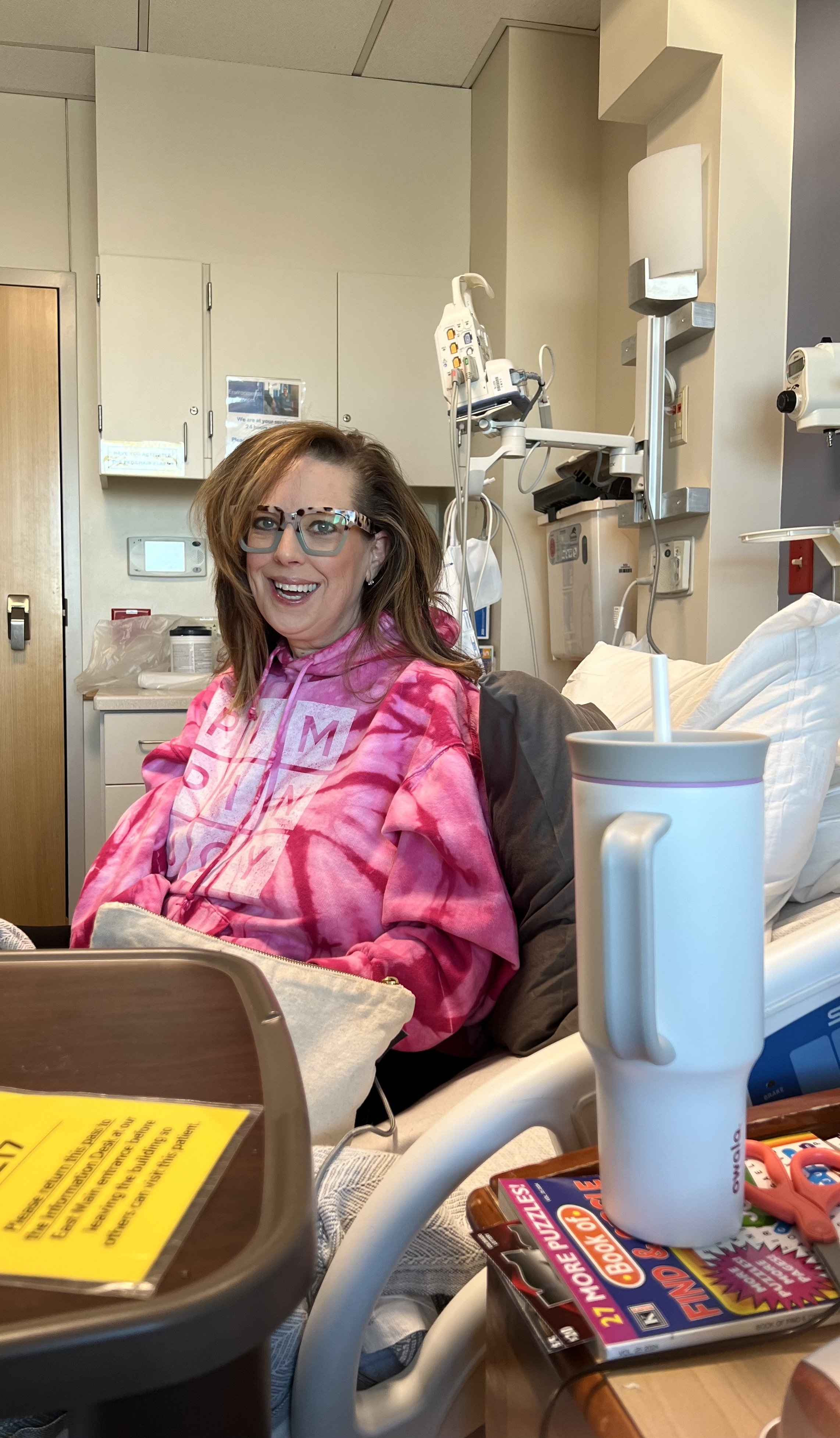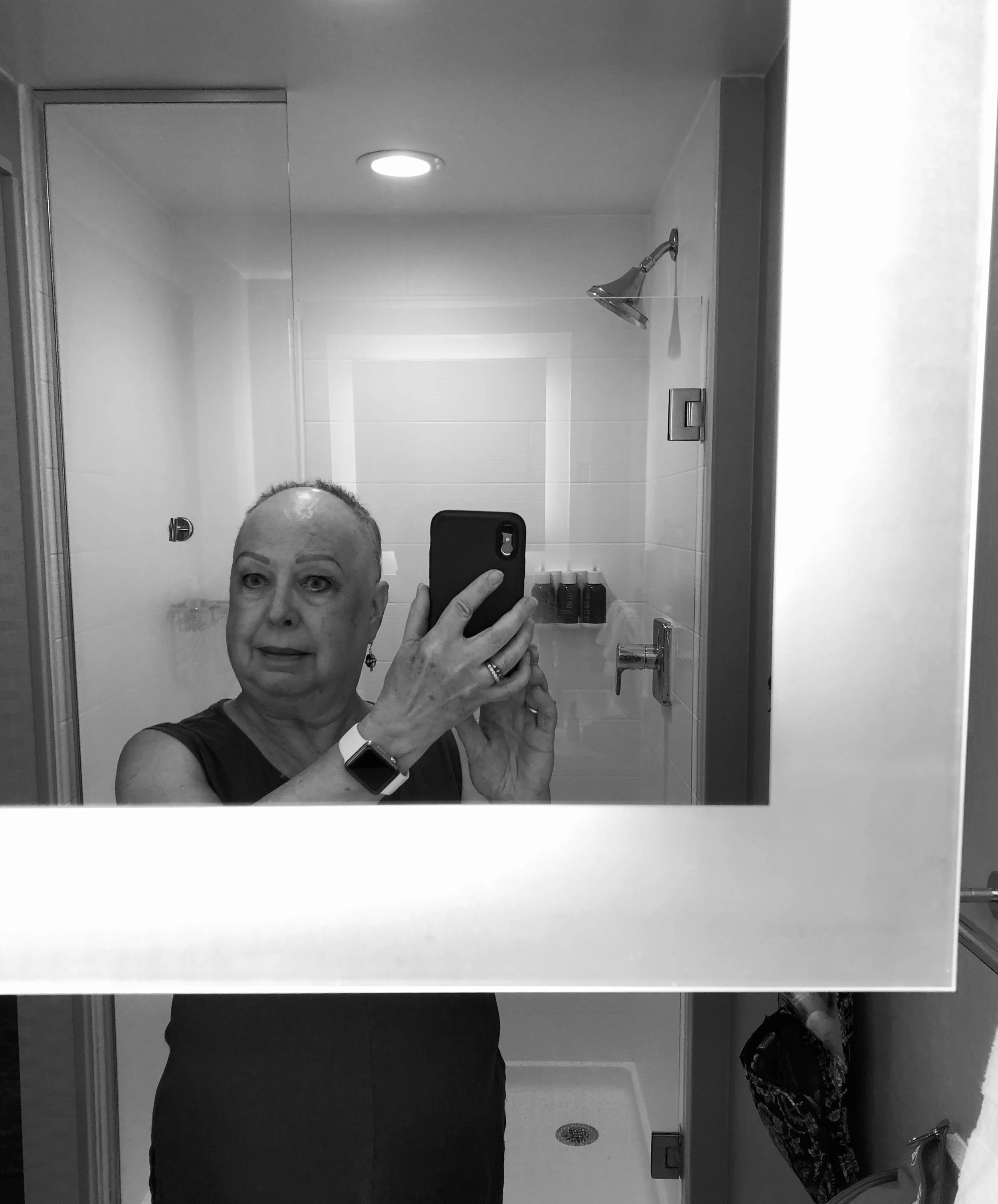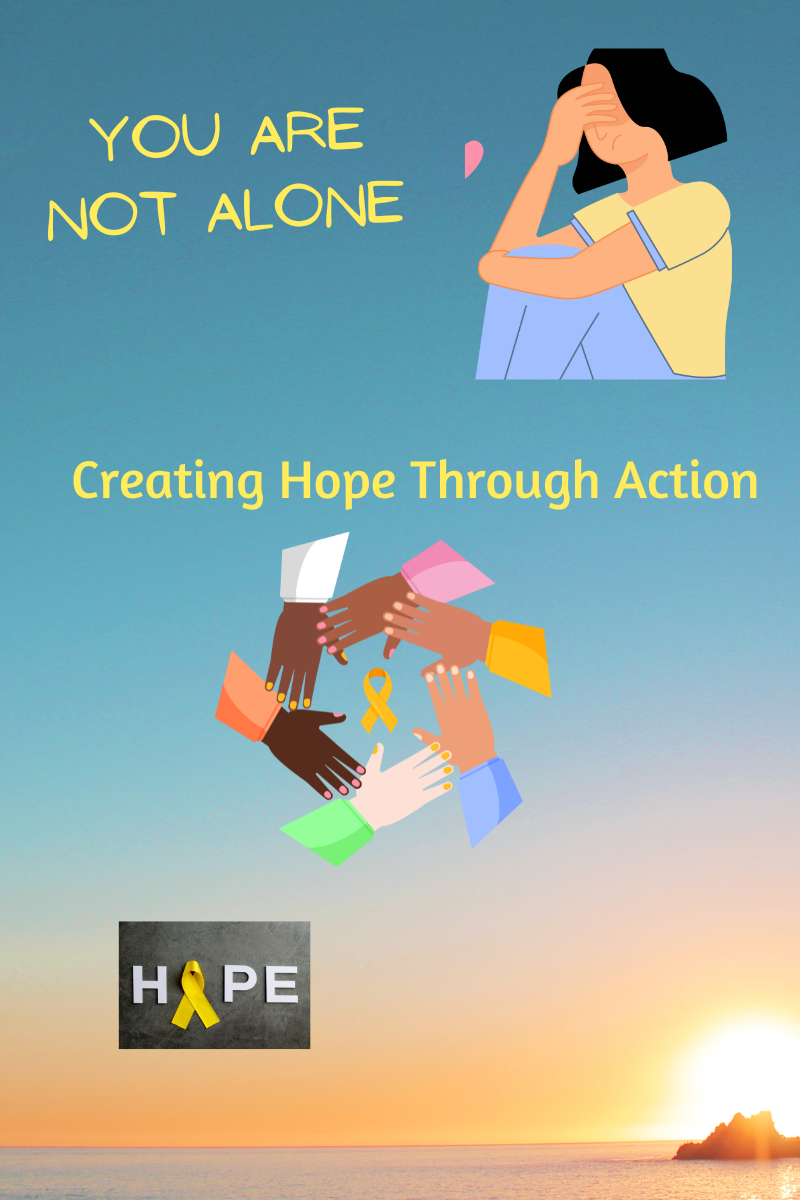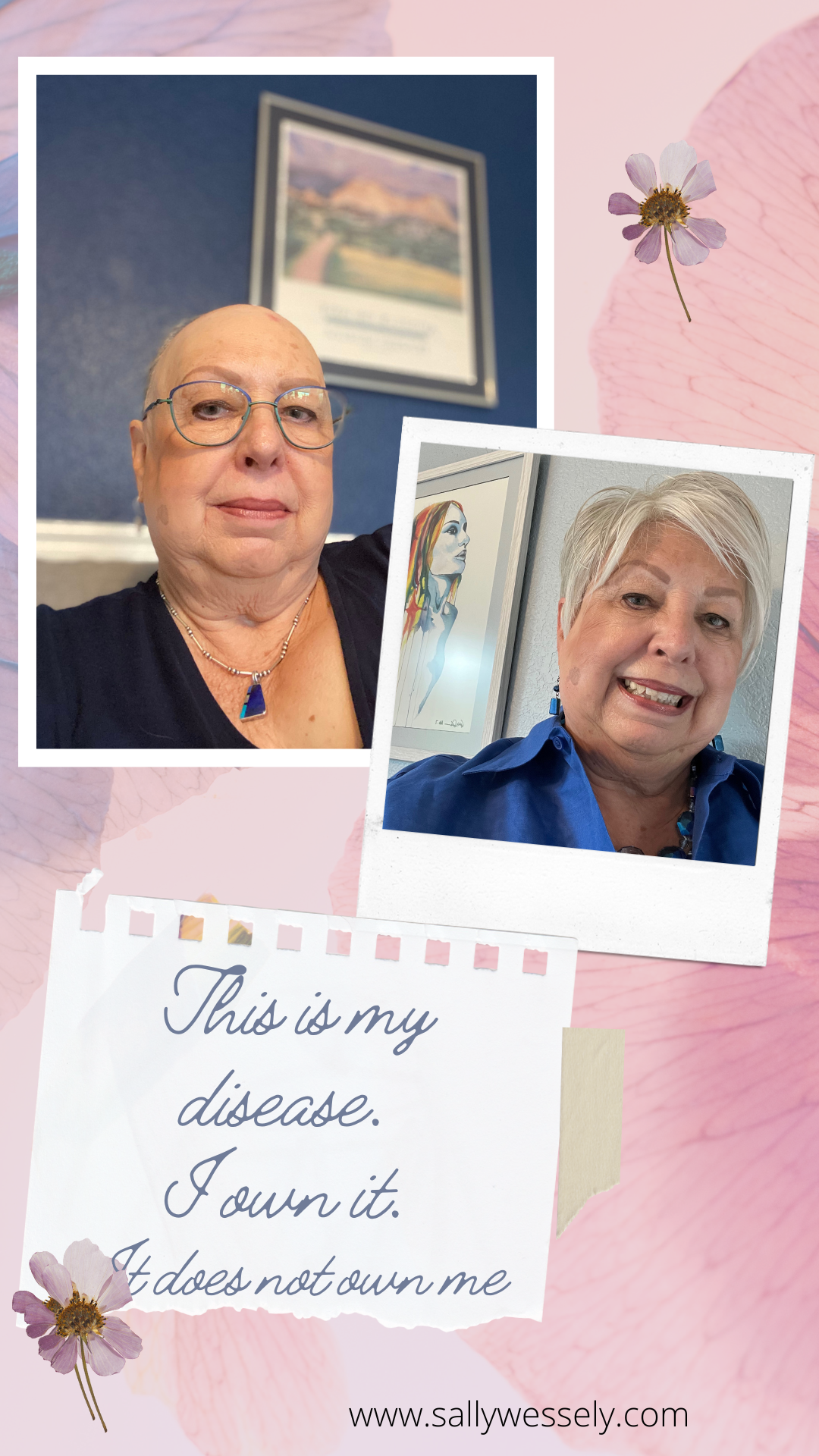I Have A Big Ask
/“Most of us don’t even life to ask for a ride. The idea of asking someone to be a living organ donor - to give a kidney or part of a liver - seems unthinkable.”
Friends, that subtitle sums up my big ask.1The idea of asking someone to be a living organ donor, is unthinkable, but here I am writing those words:
I Am Looking For A Living Donor for Both A Liver and A Kidney.
Do you know anyone who would be willing to donate a kidney or a part of a liver?
My Beloved Daughter Amy Needs Both.
She Needs A Liver and A Kidney Transplant.
Yes, it is true. It is still shocking to me as I write those words, but believe me, when it comes to one of your daughters needing something to save her life, it is an easy ask.
My beautiful girl, my beloved daughter Amy has been battling kidney disease for the last seven months. This spunky, brave girl of mine has courageously faced having her life upended by a disease that hit her suddenly and without warning just as 2023 was ending.
In the beginning, when she was finally diagnosed with kidney disease, her doctors believed that her condition was treatable. They believed, and so did we, that with the right medications and care, her kidney’s would recover.
Amy Hopfenspirger lane - January 20, 2024. This Photo was taken when Amy was in the hospital just before she was diagnosed with an autoimmune kidney disease.
She began kidney treatment protocols and medications earlier this year. Then, in February, she began receiving kidney dialysis three times a week.
Unfortunately, the kidneys have not responded to treatment. Her wonderful nephrologist has told her that in his thirty years of practice, her case is one of the most complex cases he has ever seen.
Sadly, we now know that Amy will need not just a kidney transplant, she will also need a liver transplant.
Now we need a match - a match made in heaven - a match that is compatible with Amy’s blood type. Compatible blood types for her are: A and O.
We are now focusing all of our efforts as a family to find two people out there with compatible blood types who are able to give her what she needs to live.
This is no small ask.
Again, we need two live donors who will give my beautiful daughter a kidney and a portion of a liver.
I Take Comfort in Knowing There Are People Willing to Be Live Organ Donors.
According to OPTN (the Organ Procurement and Transplantation Network) one out of four people say they would be willing to donate an organ to family members, friends, or even to someone they’ve never met.
About 90 to 95 out of every 100 donors say they would not change anything about their decision to donate. They would go through all the screenings, tests, and the surgery. They would take time away from their lives, jobs, and other commitments to recover. They would do all of that to help someone.2
These past months have been incredibly hard. I’ve been amazed at how my daughter has taken it all in stride and continues to keep fighting the fight of her life.
For her to win this battle, we need others to fight with her.
I will be forever grateful for all the medical doctors who have treated my precious daughter with such expertise and love over these last months. She loves her nephrologist, and has so much admiration and respect for him. You can be sure, I am indebted to him and her other care providers beyond ways I can find words to express.
In March, I was so grateful to celebrate Amy’s fiftieth birthday with her and her children. There have been many difficult days since March, but through it all, she keeps on doing all she can to get stronger day by day.
It is inconceivable to be in this place where we as family find ourselves, but this is where we are.
March 2024 - Amy’s 50th birthday. She is surrounded by her two children and me, her loving mom. People have always said she is my mini-me.
More About Living Organ Donations
It is our good fortune to live in Colorado where one the foremost hospitals for organ transplants is located. Amy has been referred to the UC Health Transplant Center at the UC Health Anschutz Medical Campus in Denver, Colorado. They have the oldest and one of the largest transplant centers in the United States.3
A Call for Action:
If you, or someone you know would like to be a living donor, please direct them to this link:www.uchealthlivingdonor.org .
There, those interested in helping us find both a kidney and a liver for Amy Hopfenspirger will find an online confidential health history questionnaire for living donors. All information will only be seen by the health professionals at UC Health. They are the ones who will be assessing all who offer a living transplant. Potential donor information and health is held in the highest regard by health professionals.
Again, we are most grateful that Amy is in such wonderful hands at UC Health Transplant Center. We are also grateful for all who will join us in helping Amy find a new liver and a new kidney.
Amy has one of the biggest hearts I’ve ever known. She’s that one who makes cookies for all the neighbor kids or takes part of a meal to a neighbor who is sick. She is tender and empathetic and thinks of others and cries easily when she is touched by a kindness, a story, a need she see in others.
She is my street smart, intuitive, straight-shooter. Quite honestly, some of the best advice I’ve ever had from anyone in my life has come from Amy. She’s witty, and oh so funny. Her smile is one of the biggest and most beautiful smiles I’ve ever seen. She hates for me to take her picture. but I sneak one now and again.
amy
She also is very private.
For many months, I have not been able to share Amy’s story with you because I had not been given her permission to do so. She has now given me her permission to share her story. In sharing her story, I ask you for your help in finding living donor who can save her life as she continues to fight the battle of her life.
Can you help us?
I don’t know how to do this alone. None of us do. We, all of us in my family, need others to surround us with love, prayers, and support. So many have already been doing that already. We are grateful.
Please, now will you share her story far and wide?
Will you join me in believing that just the right match is out there?
References
Ibid.
For more information about the transplant centers at UC Health please click on this link: https://www.uchealth.org/services/transplant-services/


























